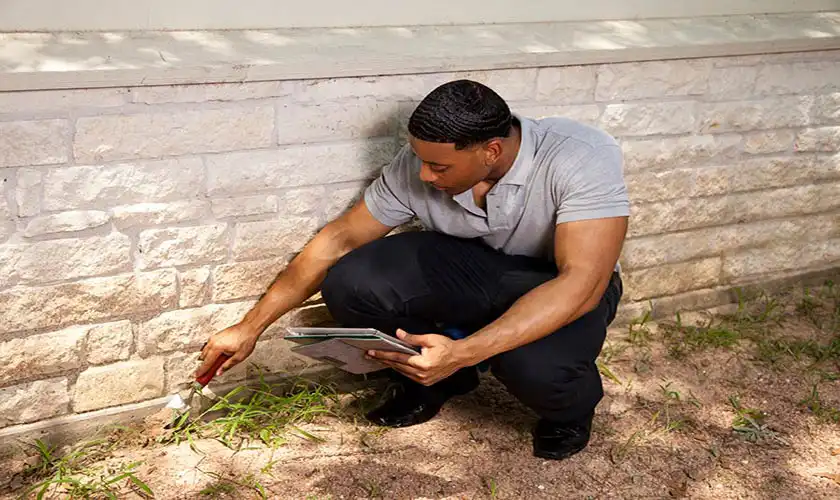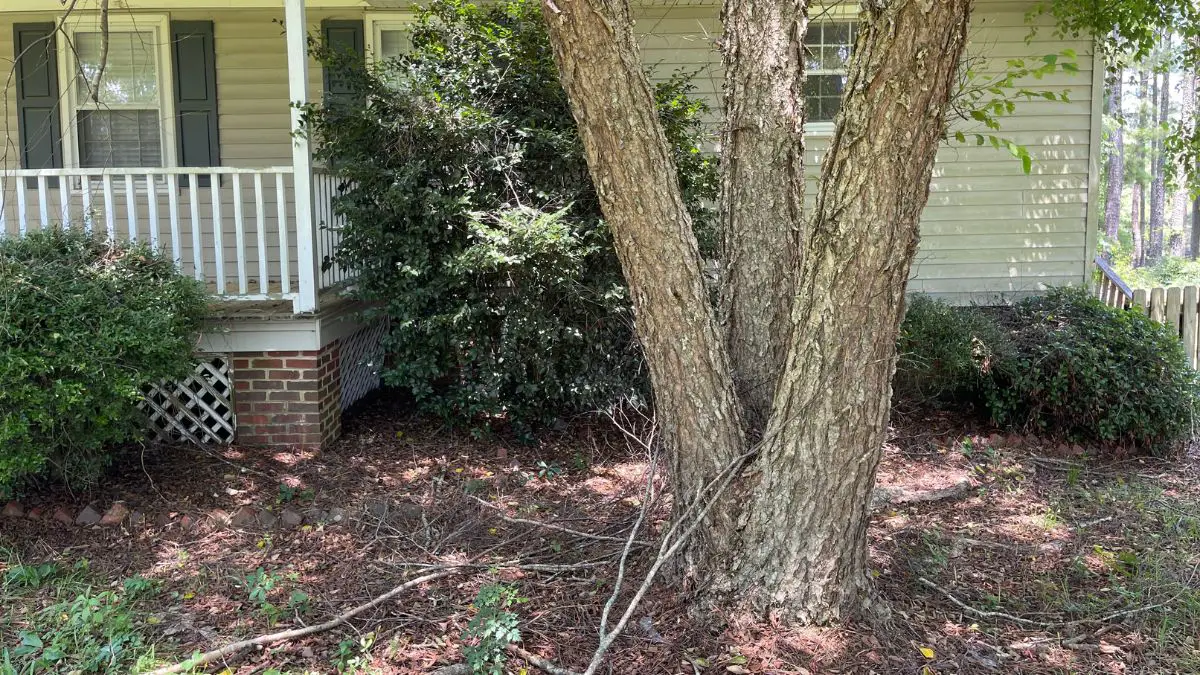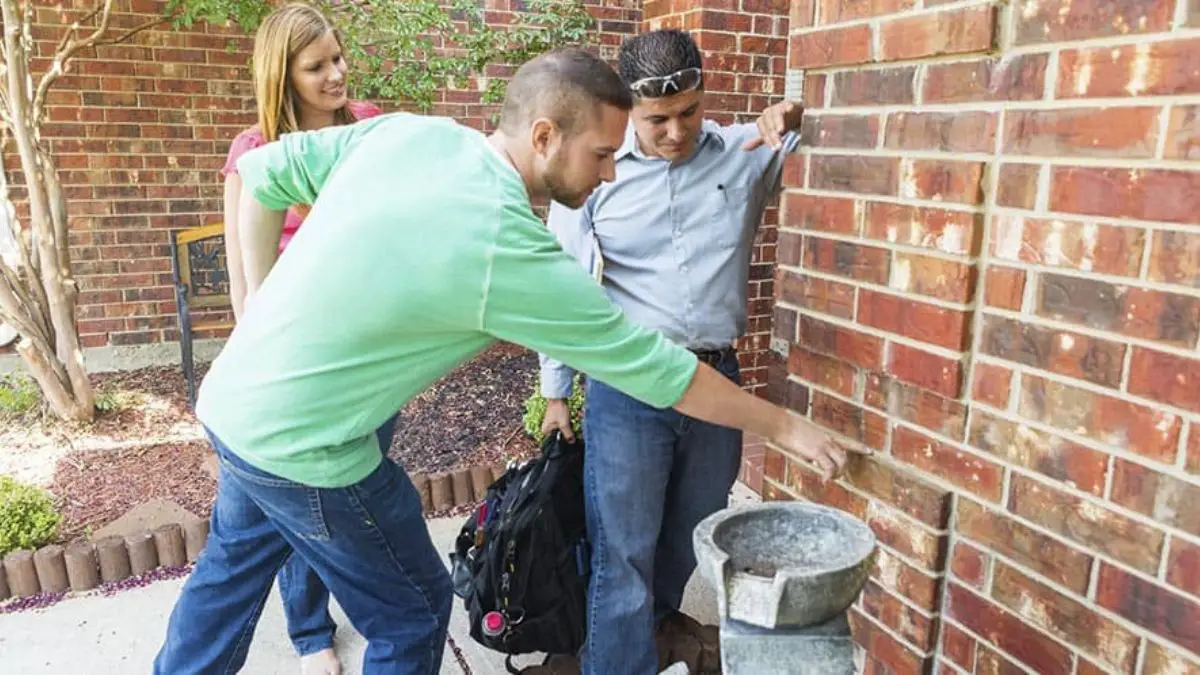A basement wall leak can lead to water intrusion, mold, and poor indoor air quality.
To fix hairline cracks in a basement wall and prevent water leakage, you have a few options based on the search results:
- Hydraulic Cement Crack Filler: This is the most common solution for sealing hairline cracks. It expands and seals the crack, preventing water from seeping through.
- Epoxy/Polyurethane Injection: Using a caulk gun or syringe to inject an epoxy or polyurethane material into the crack until it is filled can be an effective solution for hairline cracks.
- Professional Kits: There are kits available that involve placing plugs over the crack and injecting the sealant. While this may be more tedious, it can provide a good result.
- Caulking Gun with Concrete Sealant: Another option is to use a caulking gun with a concrete sealant specifically designed for crack repair. This can be a more cost-effective solution but won’t provide a permanent repair.
Before choosing the most suitable repair method, look for the crack’s specific characteristics and the problem’s underlying cause. Additionally, addressing external factors such as water diversion and drainage is crucial to prevent future water seepage.
Basement wall cracks and leaks can lead to serious consequences if ignored. They can cause increased humidity, the potential for mold growth, water damage to your property, and even create a structural concern in your home.
Get FREE quotes from local foundation repair contractors in your area today. Whether you need a pier replaced, basement waterproofing, or a full foundation replacement - We Can Help! All Contractors are screened, licensed, and insured.
Causes of Hairline Cracks in Basement Walls
Basement walls are often made from concrete blocks or poured concrete. In older homes, they were made from natural stone or brick. Block foundations have a poured concrete footing along the bottom to provide stability.
Understanding the causes of these hairline cracks is the first step toward a solution. Here are the main culprits:
Shrinkage During the Concrete’s Curing Process
When your home was built, the concrete used to construct your basement walls needed to cure. This curing process involves the evaporation of excess water, which can cause the concrete to shrink slightly.
Concrete shrinkage can lead to the formation of hairline cracks. It’s a common occurrence and often the main cause of these cracks. However, don’t be alarmed. Not all shrinkage cracks pose a threat to your home’s structural integrity. Many are superficial and can be easily repaired.
Stress and Settling of the Foundation
Over time, your home’s concrete foundation settles. Hydrostatic pressure is a natural process, but it can stress your basement walls, leading to cracks. The weight of your home pressing down on the foundation, combined with the pressure of the soil surrounding the foundation, can cause the foundation to shift slightly.
Shifting can result in hairline cracks in your basement walls. Environmental factors such as soil type and moisture levels can also contribute to this stress. For instance, clay soils can expand and contract significantly with changes in moisture, putting additional pressure on your foundation.
You may also see diagonal cracks over windows and doors creaked by movement. These drywall cracks in finished basements, usually 1/8 to 1/4 inches wide, can prevent doors and windows from working correctly.
Environmental Factors
Changes in temperature, moisture levels, and soil movement can all contribute to the formation of cracks in your basement walls. For instance, if you live in an area with heavy rainfall, the excess water can increase the pressure on your basement walls, leading to cracks.
Similarly, drastic temperature changes can cause the concrete to expand and contract, resulting in cracking. Even seismic activity, though less common, can contribute to the formation of hairline cracks.
By understanding these causes, you’re well on your way to addressing the problem of a basement wall leaking from a hairline crack. It’s important to remember that not all cracks are cause for alarm.
Many are superficial and can be easily repaired. However, if you notice a crack growing or allowing water to seep into your basement, it’s time to take action.
Summary
Hairline cracks can be attributed to natural factors such as concrete shrinkage during the curing process, normal settling of the foundation, and environmental influences like temperature changes and soil movement. While many cracks are superficial and can be repaired easily, it’s important to take action if you observe a crack growing or allowing water seepage into your basement.
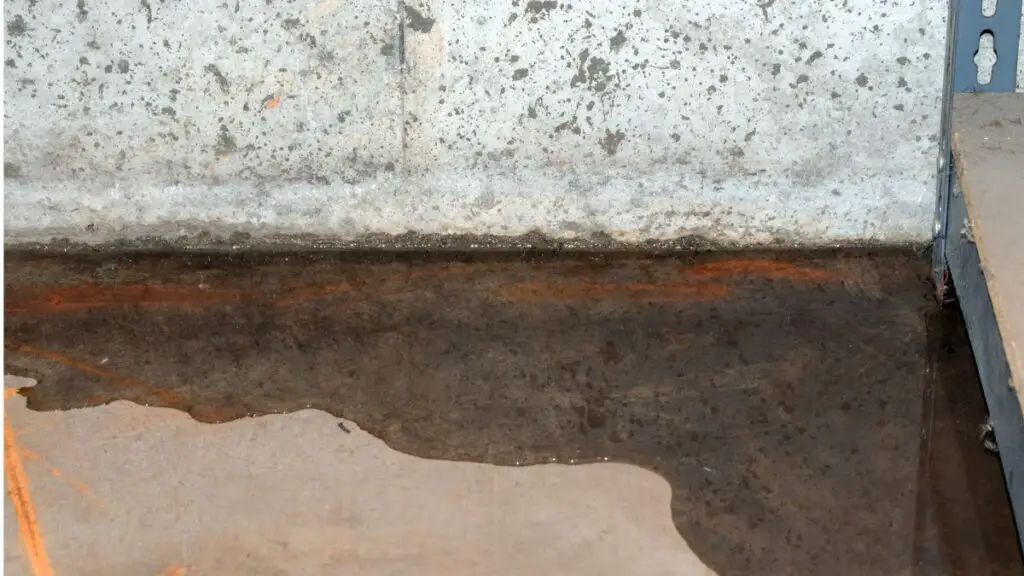
Identifying Hairline Cracks and Leaks
Now that you’re familiar with the causes of hairline cracks, let’s identify these cracks and potential drainage issues or plumbing leaks in your basement walls. This step is crucial in your journey toward a dry and safe basement.
Spotting Hairline Cracks
Hairline cracks are typically very thin, almost like a strand of hair, hence the name. They can run vertically, horizontally, or diagonally across your basement walls. While some may be visible to the naked eye, others might require a closer inspection.
Use a
It’s also important to note that hairline cracks can appear in new and old constructions. New construction usually appears within the first year due to the foundation’s settling and the concrete’s shrinkage.
Signs of Water Leakage
Do your basement walls leak when it rains? Spotting water leakage in your basement can be straightforward with visible water pooling. However, sometimes the signs are subtler. Look for damp spots or discoloration on your walls or basement floor. These could be signs of water seeping through hairline cracks.
A musty smell or increased humidity in your basement can also indicate a leak. If you notice any of these signs, water is likely seeping through a crack in your basement wall.
Additionally, if your basement walls feel damp or you notice a white, powdery substance (known as efflorescence) on your walls, these could be signs of a water leak.
Differentiating Between Cosmetic and Structural Cracks
Not all concrete cracks indicate structural damage. Some are merely cosmetic cracks resulting from the natural curing process of concrete. These are usually thin, hairline cracks that don’t threaten your home’s structure. On the other hand, structural cracks are often wider, extend deep into the concrete, and can signify serious foundation issues.
These cracks are usually more than 1/8 inch wide, have a zigzag pattern, and can be accompanied by other signs of foundation problems, such as doors and windows that stick or won’t close properly. If you’re unsure about the nature of a crack, it’s best to consult with a professional.
Did You Know?
- Horizontal cracks are the worst you can have, making even a hairline crack in foundations an immediate concern. Horizontal cracks will likely widen and compromise the structural integrity of your foundation walls.
- Vertical cracks are less of a concern than horizontal cracks because they do not typically indicate settlement issues. Vertical cracks in foundation walls can occur when a building undergoes temperature changes due to weather and lack of insulation or if there are problems with its foundation.
- Stair-step or diagonal cracks are signs of settling or movement in the foundation and could indicate serious structural problems.

Consequences of Ignoring Leaking Basement Cracks
Ignoring a leaking hairline crack in your basement wall can lead to many problems. Understanding these potential consequences is essential to fully grasp the importance of addressing this issue promptly.
Increased Humidity and Potential for Mold Growth
One of the most immediate consequences of a leaking basement wall crack is increased humidity. A damp environment is a breeding ground for mold and mildew, which can spread quickly and cause health issues, including allergies and respiratory problems. Moreover, mold removal can be a costly and time-consuming process.
Water Damage to Property
If your basement is finished or used for storage, a leaking wall crack can cause significant water damage to your belongings and the structure. This could include damage to furniture, electronics, stored items, and even the flooring and walls of your basement. Over time, this water damage can become extensive, leading to costly repairs and replacements.
Structural Integrity Concerns
Perhaps the most serious consequence of ignoring a leaking basement wall crack is the potential threat to your home’s structural integrity. While a hairline crack may seem minor, it can grow over time, especially if water continues to seep through it. This can weaken the structure of your basement walls and, in severe cases, lead to foundation issues.
Decreased Home Value
Unaddressed basement leaks can also negatively impact the value of your home. Basement leaks and the potential for associated problems, such as mold growth and structural issues, will likely deter potential buyers.
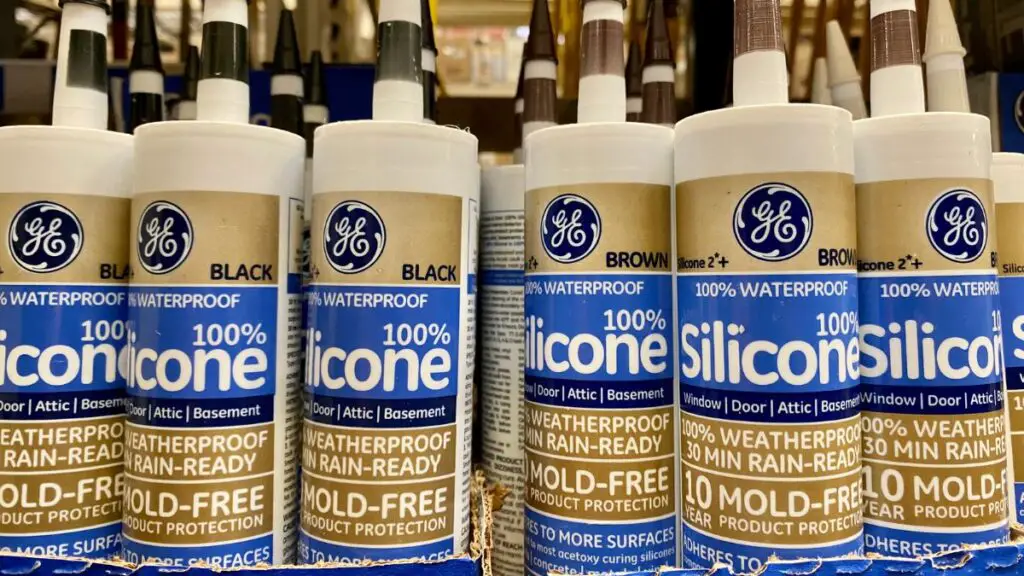
How to Fix a Hairline Crack in a Basement Wall Leaking
You’ve identified a hairline crack in your basement wall that leaks. Now, it’s time to address the issue. This section will guide you through the process, providing practical solutions and preventive measures to keep your basement dry and safe.
DIY Methods for Foundation Crack Repair
Are you wondering how to fix foundation cracks by yourself? Fixing a hairline crack in your basement wall doesn’t always require professional help. Several DIY methods can seal these cracks and prevent water leakage.
- Silicone Caulk: Silicone caulk is a flexible, waterproof material that can seal hairline cracks. To use it, you must first clean the crack and surrounding area. Then, apply the caulk to the crack, smoothing it with a tool or your finger. Allow it to dry completely before checking for any drainage or plumbing leaks.
- Concrete Sealer: Concrete sealer is another effective solution for sealing hairline cracks. It penetrates the concrete, filling the crack and forming a waterproof barrier. To apply a concrete sealer, you’ll need to clean the crack thoroughly, apply the sealer according to the manufacturer’s instructions, and then let it dry.
- Epoxy crack injection: This method involves using a special epoxy to seal, waterproof, and reinforce the cracks in your foundation walls. The epoxy is injected into the cracks until they are filled, and a surface patch is created using an epoxy bonding solution.
Remember, safety is paramount when undertaking any DIY project. Always wear appropriate protective gear, including gloves and safety glasses.
Preventive Measures
Preventing future cracks is just as important as fixing existing ones. Here are some preventive measures you can take:
- Proper Drainage: Ensure your home has proper drainage to prevent water from pooling around your foundation. This includes having functioning gutters and downspouts that direct water away from your home.
- Soil Grading: The soil around your home should slope away from your foundation. This helps to direct water away from your home, reducing the pressure on your basement walls.
- Regular Inspection: Inspect your basement walls for cracking or water leakage signs. Early detection can prevent minor cracks from becoming major issues.
By understanding how to fix a hairline crack in your basement wall and how to prevent future cracks, you’re taking a proactive step toward maintaining a dry and safe basement. Remember, it’s not just about addressing the issue at hand—it’s about taking preventive measures to protect your home in the long run.
Professional Repair
While DIY methods can be effective for minor, superficial cracks, larger or more complex cracks often require professional repair. Experts in basement waterproofing and foundation repair have the knowledge, tools, and experience to address these issues effectively. They can assess the severity of the crack, determine the best course of action, and carry out the necessary repairs.
When to call in a foundation specialist?
- The crack is growing wider or longer.
- Water is seeping through the crack even after you’ve attempted DIY repair.
- The crack is accompanied by other signs of foundation issues, such as sticking doors or windows or cracks in your home’s exterior walls.
FAQs
How do you fix a hairline crack in a basement wall?
Fixing a hairline crack in your basement wall can often be done using DIY methods. Silicone caulk and concrete sealer are two common materials used for this purpose. However, if the crack is large, growing, or accompanied by other signs of foundation issues, it’s best to call in a professional.
When should I worry about basement wall cracks?
Not all basement wall cracks are cause for major concern. Many are superficial and result from the natural curing process of concrete. However, it’s time to take action if a crack grows, allowing water to seep into your basement or accompanied by other signs of foundation issues (like sticking doors or windows).
Can water seep through hairline cracks?
Water can seep through even the smallest crack and provide an entry point for water, especially during heavy rainfall or poor drainage around your home. If you notice a hairline crack in your basement wall leaking, it’s important to address the issue promptly to prevent water damage and potential mold growth.
Why is water coming into my basement wall crack?
Water can come in through a basement wall crack due to hydrostatic pressure. This is the pressure that’s exerted by a fluid due to gravity. When the soil around your home becomes saturated with water (rain, snowmelt, etc.), it can pressure your basement walls. If there’s a crack in the wall, this pressure can push water through it and into your basement.


